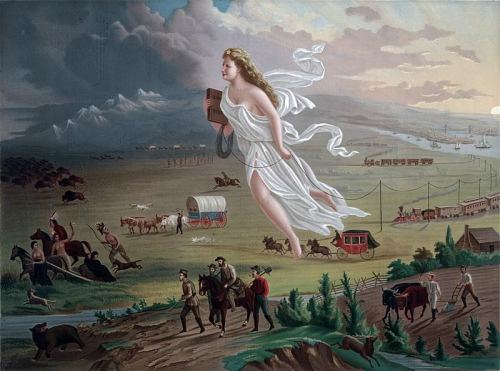Lost Monongahela is springing back to life! Longtime followers of this blog know that it goes dormant from time however dormancy doesn’t mean that it’s dead (at least as long as I’m is alive)! I may have mentioned before that I work in construction so I tend to write more in colder months when the days are shorter and I have more time. Over the next few days I want to let you know my plans for this winter and the future of Lost Monongahela but first let me tell you a story.
My brother, his wife and school age son were in town this week. My nephew’s school offers live online classes now and my brother can work remotely so they both spent a few days with me, setting up their temporary workstations in my kitchen.
I have my computer set up in my living room but I could hear the audio of my nephew’s online classes. I remember listening to two of them – math and history. The math class was a struggle. The kids were distracted and it seemed to take forever to go through their math problems. I give the teacher credit for her efforts but math has to be the most difficult class to teach online.
The history class on the other hand was fascinating. The topic for the day was the westward migration of people from the east coast to the west during the later half of the 17th century. Instead of a lecture, the teacher guided a discussion using John Gast’s painting “American Progress”.

The current Wikipedia entry about the painting says that it is “… a seminal example of American Western art.” and that “The painting serves as an allegory for Manifest Destiny and American westward expansion.” Every little detail has meaning making it a perfect tool for teaching the concept of “Manifest Destiny” and the mindset of U.S. citizens of the time. The Wikipedia article mentions a few of the details you’ll find with careful observation of the painting. What caught my attention however was the mention of a specific type of wagon called a “Conestoga wagon”. Well that led me down what was a weeklong “research rabbit hole” into Conestoga wagons.

Here is what I found out:
- The Wikipedia entry is incorrect, the pictured wagon is not a Conestoga wagon. It is a type of covered wagon often called a Prairie Schooner.
- Conestoga wagons were the equivalent of our 18 wheel tractor trailer trucks today. They were way to heavy for a pioneer family to use on their journey out west. What was needed was more the equivalent of a minivan thus the lightweight and much smaller Prairie Schooner is what was used as depicted.
- A curved bottom is one way to tell the difference between a Conestoga wagon and a Prairie Schooner. The wagon depicted has a flat bottom.
- There were several types of wagon used by pioneers in their journey west. Some were small enough that they were pulled by humans.
- Conestoga wagons were invented in Pennsylvania in near Lancaster PA. You could even consider the Lancaster area to be the “Detroit” of its day.
- The Pittsburgh area was considered the gateway to the west. Conestoga wagons were crucial to moving heavy freight from the east coast to the Pittsburgh area before railroads.
- There is a delightful interview with an elderly resident of Monongahela found in the 1908 Historical Magazine of Monongahela’s Old Home Coming Week where she recalls what it was like to see Conestoga wagons passing through town.
Conestoga wagons played an enormous part in the development of our area from the late 1700’s through to the time when heavy freight started to be transported via train in the mid 1800’s. The subject is way too fascinating and important to cover in one blog post so I will split the topic into several posts over the next few days.
I also want to let you faithful readers in on a “secret project” relating to Monongahela PA that I have been working on this past summer so STAY TUNED. (note: an easy way to be notified of the latests posts on Lost Monongahela is to sign up for email notifications. Sign up by using “Follow This Blog” box in the upper right side of this page if you are on a computer. If you are using a phone you’ll find the subscription area down below)
Leave a comment